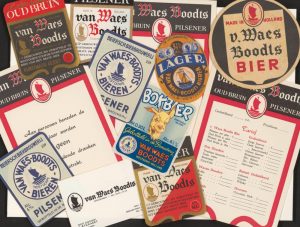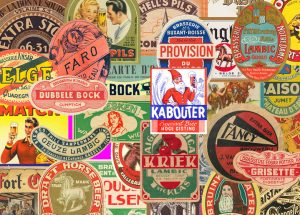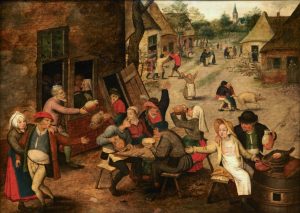Lyon: a brewing island in a sea of wine
 One of the subjects I love writing about, is the beer history of France. You mean, they have a beer history? They do, because besides all the wine there are also the extreme north (French Flanders and Picardy) and the east (Alsace), that both have a tradition of brewing. For centuries, even Paris had a brewers’ guild. And there was another place that I encountered from time to time: Lyon. Europe’s southernmost traditional brewing city.
One of the subjects I love writing about, is the beer history of France. You mean, they have a beer history? They do, because besides all the wine there are also the extreme north (French Flanders and Picardy) and the east (Alsace), that both have a tradition of brewing. For centuries, even Paris had a brewers’ guild. And there was another place that I encountered from time to time: Lyon. Europe’s southernmost traditional brewing city.












